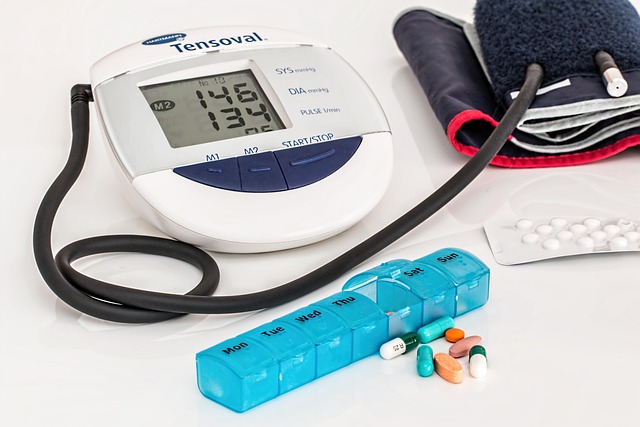Gout Treatment: Managing Pain and Inflammation in Joints
Gout is a form of inflammatory arthritis that most often affects a single joint at a time, commonly the big toe, but it can involve ankles, knees, wrists, and other joints. Attacks can cause sudden, intense pain, swelling, and redness. Understanding causes, how inflammation works, and the range of treatment options helps people and clinicians reduce flare frequency and protect joint health over time.

This article is for informational purposes only and should not be considered medical advice. Please consult a qualified healthcare professional for personalized guidance and treatment.
What causes gout and uric acid buildup?
Gout results from elevated levels of uric acid in the blood (hyperuricemia), which can form needle-like crystals in and around joints. Uric acid is a breakdown product of purines, compounds found in many foods and produced by the body. Risk factors include genetics, age, male sex, certain medications, kidney function, and conditions such as high blood pressure or metabolic syndrome. Dietary factors like high intake of alcohol, sugary drinks, and foods rich in purines can contribute but do not alone determine who will develop gout.
How does gout cause pain in joints?
When urate crystals deposit in joint tissue, the immune system recognizes them as foreign and mounts an inflammatory response. This acute inflammation triggers pain receptors and leads to swelling, warmth, and intense sensitivity in the affected joint. Attacks often begin suddenly, frequently at night, and can be severe enough to limit movement. Repeated or prolonged episodes of crystal-driven inflammation may damage cartilage and joint structures over years if the underlying uric acid level is not controlled.
What role does inflammation play in gout?
Inflammation is central to gout symptoms. Crystals activate white blood cells and inflammatory pathways, releasing cytokines and other mediators that increase blood flow, recruit immune cells, and produce swelling and pain. Anti-inflammatory medications are therefore a key component of short-term management to blunt this response during flares. Over the long term, controlling inflammation includes reducing crystal formation (by lowering uric acid) and addressing triggers so that inflammatory episodes become less frequent and less severe.
What treatment options exist for gout?
Treatment typically divides into acute flare management and long-term urate-lowering therapy. For acute pain and inflammation, nonsteroidal anti-inflammatory drugs (NSAIDs), colchicine, or corticosteroids can reduce symptoms when used under medical guidance. For prevention, medications such as allopurinol or febuxostat lower uric acid production, while uricosuric agents increase uric acid excretion in some patients. The choice of medication depends on kidney function, comorbidities, drug interactions, and treatment goals. Regular monitoring of serum uric acid and adherence to prescribed therapy are important for preventing joint damage.
How can lifestyle changes reduce gout flares?
Lifestyle and dietary measures can complement medical treatment and help reduce the frequency of flares. Weight loss for people who are overweight, limiting alcohol (especially beer), and reducing intake of sugar-sweetened beverages can lower risk. Moderating high-purine foods such as organ meats and certain seafood, staying well-hydrated, and consuming a balanced diet with vegetables, low-fat dairy, and whole grains may be helpful. Managing comorbid conditions like hypertension, diabetes, and kidney disease also supports overall risk reduction. Discuss any major diet changes or supplements with a clinician, especially when taking gout medications.
Conclusion
Gout combines a metabolic disturbance (excess uric acid) with an inflammatory response that causes intense joint pain and swelling. Short-term treatment focuses on controlling pain and inflammation during flares, while long-term management aims to lower uric acid levels and address underlying risk factors. Working with a healthcare professional to choose appropriate medications, monitor blood levels, and implement lifestyle changes can reduce flare frequency and protect joints over time.
Sources






